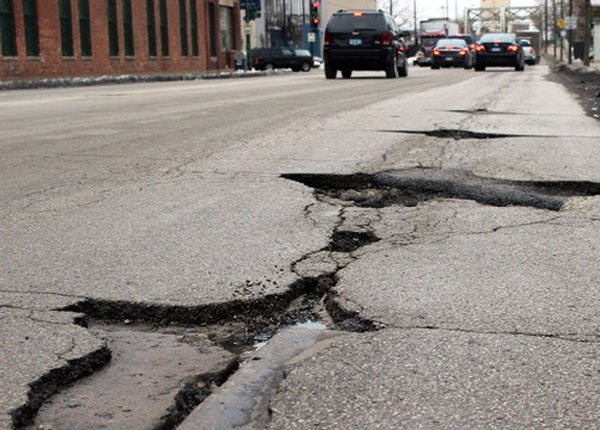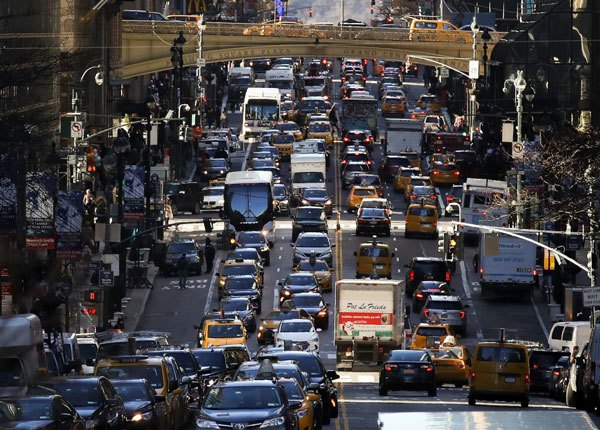
Urban Driving Strategies: Dealing With Congestion & Hazards in The City
Updated Aug. 14, 2020New drivers often do not realize what a challenge city driving can pose. You may not be traveling at high speeds when driving around a busy, metropolitan area, but you will nonetheless be afforded very little time to spot and react to hazardous situations. It is very easy to become distracted and make dangerous mistakes while driving alongside so many other motorists, pedestrians, buses, delivery vans and cyclists, in such close quarters. In this section of the course, we discuss the unique challenges that city driving presents and the tactics you must employ to manage these risks.
City driving hazards
The two biggest problems you face when driving in a city are limited space and a whole lot of distractions impeding your reaction time. Not to mention the fact that the speed limit and driving rules you must adhere to can change dramatically from one street to another. Safe city driving demands that you can identify and respond to hazards in the face of excessive noise, boisterous drivers, ever-changing traffic signs, signal lights and hundreds of other road users. The hazards of city driving are fully explored during the first module of this section.
City driving strategies
With the right city driving strategies, you can protect yourself and other road users from harm. Most problems can be avoided by moderating your speed and knowing how to position your vehicle correctly. While maintaining a safe distance from other vehicles, drivers must maximize their view of the road ahead and avoid taking any action that disrupts the movement of traffic. Our “city driving strategies” section deals with these issues, alongside scanning for hazards, choosing the safest routes and covering the brake to cut-back your reaction time.
Dealing with congestion
During morning and afternoon rush hours, congestion will limit the flow of traffic and make it difficult to maintain enough space around your vehicle. You must know how to drive safely in slow-moving, tightly-packed traffic. There are also some driving behaviors that must be avoided in this situation, as they can worsen congestion or cause an accident. These issues are explored in our “dealing with congestion” section. We also discuss how to manage city intersections while avoiding gridlock, dealing with aggressive drivers, and the advantage of choosing side streets rather than main thoroughfares during periods of heavy congestion.
Dealing with construction
Detours and construction zones are common in metropolitan areas, as city streets are subject to a great deal of wear and therefore require frequent maintenance. Closed stretches of road are usually marked with signs, signals and traffic cones – so they should be easy to spot. Nevertheless, drivers must exercise additional caution around construction zones and other maintenance sites, as there are often pedestrian road workers occupying the street. When you see a closed lane up ahead, be sure to merge into an appropriate lane at the earliest, safe opportunity. Learn more about dealing with city construction zones in our full exploration of this topic.




